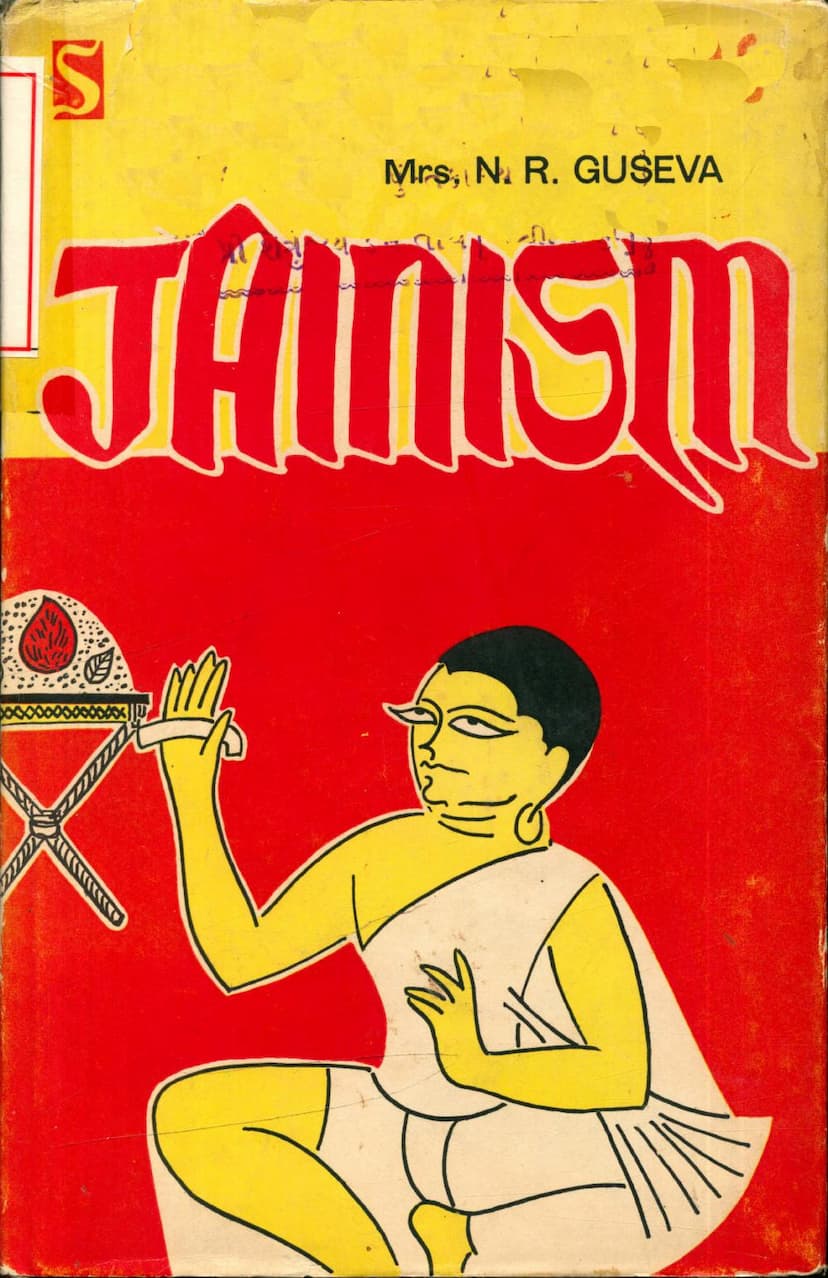Jainism
Added to library: September 2, 2025

Summary
This book, "Jainism" by N. R. Guseva, published by Sindhu Publications Pvt. Ltd. in 1971, is a comprehensive exploration of the Jain religion, aiming to reveal its historical and ethnographic roots. The author, a candidate of Historical Sciences and Senior Scientific Worker at the Institute of Ethnography of the Academy of Sciences, USSR, and a Jawaharlal Nehru Prize winner, states her objective is to present an objective generalization of evidence from records, monuments, and folklore, uninfluenced by modern political controversies.
The book traces the development of Jainism from its origins to the present day, detailing its internal structure, customs, and contributions to Indian literature and art. It also assesses the community's contemporary position and evolving ideological nuances.
Guseva views the rise of Jainism in relation to the socio-historical processes of ancient India, specifically the settlement of Aryan tribes and the formation of class relations in the late second and early first millennia B.C. The author suggests that Jainism, along with other reformatory faiths like Buddhism and Bhagvatism, emerged partly as a resistance to the expanding Aryan influence and the dominance of Brahmanism.
A significant portion of the book delves into the etymology and historical context of the term "Kshatriya," arguing it originally referred to heads of family-kin groups within pre-caste, pre-class Aryan society, and that this designation later evolved to encompass a martial caste. The author posits that the struggle between the Kshatriyas and the priestly Brahmins facilitated the growth of these new, reformatory faiths.
Guseva highlights key distinguishing features of Jainism from Vedic religion and Brahmanism, including the rejection of Vedic holiness, the denial of gods as primary objects of worship, the abolition of bloody sacrifices, the non-recognition of the Varna-caste system, and the emphasis on non-violence (ahimsa), asceticism, and the permissibility of women's monkhood. She suggests that while Upanishadic philosophy, which developed within Vedic faiths, influenced Jainism, Jainism itself drew significantly from non-Aryan cults and beliefs, potentially from the pre-Aryan populations of the Indus Valley civilization.
The book details the spread of Jainism, its early development in Bihar, and its expansion into other regions of India during the medieval period. It notes the significant role of patronage from rulers in various Indian states in the propagation of Jainism. The author also discusses the eventual split within Jainism into the Digambara and Shvetambara sects, outlining their key differences in ritual, dogma, and practice.
Guseva explores the philosophical and religious principles of Jainism, emphasizing its core beliefs in the existence of Jiva (living) and Ajiva (non-living), the concept of karma, and the pursuit of liberation (moksha) through self-effort and adherence to the "three jewels": correct faith, correct cognition, and correct conduct. The book also touches upon Jain cosmology, the pantheon of Tirthankaras, and the incorporation of certain Hindu deities and practices into Jainism.
The structure of the Jain community, with its subsects and internal organization, is examined. The author notes the penetration of caste divisions into Jainism, particularly in medieval times, and discusses the practices and customs, including marriage rites and mourning rituals, which often show influences from Hinduism and local traditions.
The book also covers Jain literature and art, highlighting the use of Prakrit and vernacular languages for wider dissemination, the compilation of canonical texts like the Siddhanta, and the development of various genres of stories and poetry. Jain art, from its early sculptural representations of Tirthankaras to temple architecture and miniature paintings, is discussed, with emphasis on the enduring artistic traditions and the potential links to the Indus Valley civilization.
Finally, the book addresses the modern period of Jainism's development, analyzing demographic trends, the community's efforts to adapt to changing times, and the rise of reformist movements like "Anuvrat." Guseva concludes that Jainism, as one of India's ancient religions, has survived numerous conflicts and transformations, notably by adopting certain societal structures like the caste system, which contributed to its resilience compared to Buddhism. The book underscores the significant economic and social role of the Jain community in contemporary India, primarily as traders, industrialists, and financiers.